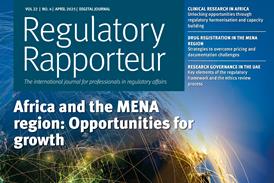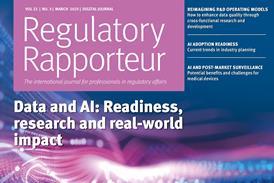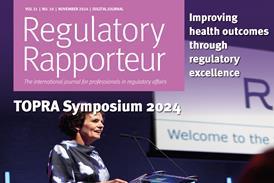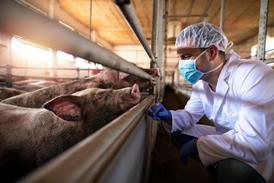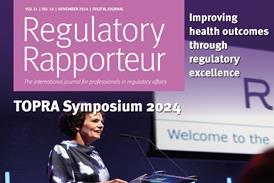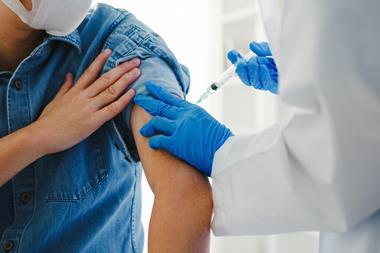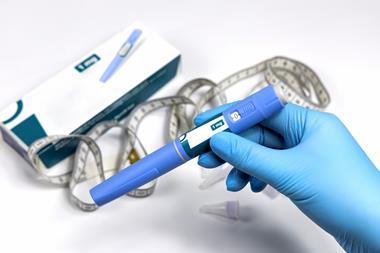
Cutting the use of antibiotics in both humans and animals has shown a reduction in antimicrobial-resistant bacteria, a European multi-agency study has concluded.
The findings of the fourth joint inter-agency report presented primary data collected from countries of the EU and EEA between 2019-2021 on the links between antimicrobial consumption (AMC) in humans and food-producing animals, and the occurrence of antimicrobial resistance (AMR) in bacteria in each sector.
The three agencies behind the report were the European Centre for Disease Prevention and Control, European Food Safety Authority and European Medicines Agency (EMA), analysing trends across four bacteria types and seven groups of antimicrobials.
Of the bacteria tested, the data showed that E.coli in both animals and humans are showing lower resistance to antibiotics in countries where consumption had been reduced.
“This shows that the concerning trends in antibiotic resistance can be reversed with the right actions and policies,” the agencies said in a joint-press release.
The trend analysis performed between 2014-2021 shows that measures implemented to reduce AMC in food-producing animals and in humans have been effective in many countries. There has been a 44% decrease in AMC in food-producing animals, while in humans it remained relatively stable.
Outlining the progress made, the report stressed that current measures needed to be reinforced so that reductions are retained, and the trend continued. Further efforts are still needed to cut unnecessary antibiotic use in humans, it stated.
Further reading
Antimicrobial consumption and resistance in bacteria from humans and food-producing animals
New platform for collection of sales and use data of antimicrobials in animals


